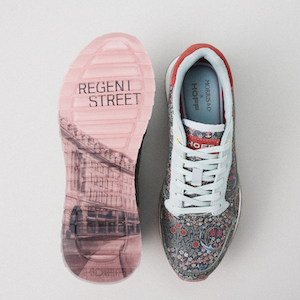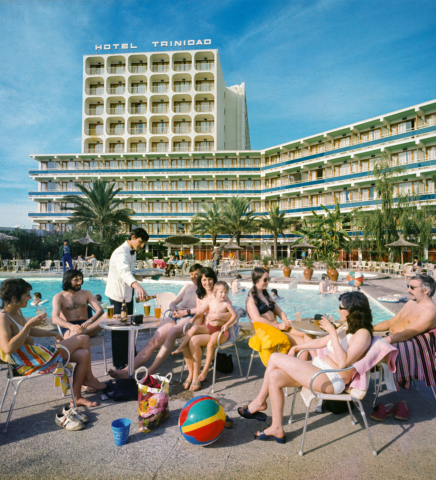Mirror: Mirror Art
By Angelina Puschkarski
As the theme of this month is Mirror we at .Cent took a look at mirrored art and their creators.

Anish Kapoor is one of the most influential sculptors of his generation. Perhaps most famous for public sculptures that are both adventures in form and feats of engineering, he manoeuvres between vastly different scales, across numerous series of work. Immense PVC skins, stretched or deflated; concave or convex mirrors whose reflections attract and swallow the viewer; recesses carved in stone and pigmented so as to disappear: these voids and protrusions summon up deep-felt metaphysical polarities of presence and absence, concealment and revelation. 
Anish Kapoor, Turning the World Upside Down III, 1996, Deutsche Bank Collection Courtesy of the artist and Lisson Gallery, Photo: John Riddy, London © Anish Kapoor
Forms turn themselves inside out, womb-like, and materials are not painted but impregnated with colour, as if to negate the idea of an outer surface, inviting the viewer to the inner reaches of the imagination. Kapoor’s geometric forms from the early 1980s, for example, rise up from the floor and appear to be made of pure pigment, while the viscous, blood-red wax sculptures from the last ten years – kinetic and self-generating – ravage their own surfaces and explode the quiet of the gallery environment. There are resonances with mythologies of the ancient world – Indian, Egyptian, Greek and Roman – and with modern times, where 20th century events loom large.
In ‘Vestige’ , artist Rob Mulholland created figures with mirrored stainless steel and has designed similar installations for the forest trail around Loch Ard in David Marshall Lodge near Loch Lomondare.
Rob says: “The essence of who we are as individuals in relation to others and our environment, forms a strong aspect of my artistic practise.
In Vestige I wanted to explore this relationship further by creating a group, a community within the protective elements of the woods, reflecting the past inhabitants of the space.
Before the First World War this area of Scotland was open hillside with small sheep farming Crofts [ farms ] and rural communities. The crofters were moved to other land by the government as there was a desperate need for timber after the war. The area was planted with fast growing conifer trees suitable for harvesting softwood and the landscape altered once again.
You can still see the faint outlines of the crofts and past settlements within the forest. This intrigued me and I wanted to find a visual form that would represent the past inhabitants of this land.
The six male and female figures represent a vestige, a faint trace of the past people and communities that once occupied and lived in this space. The figures absorb their environment, reflecting in their surface the daily changes of life in the forest. They create a visual notion of non – space, a void, as if they are at one moment part of our world and then, as they fade into the forest, they become an intangible outline.
The human desire to leave a trace of ones-self for future generations has always intrigued me. It’s a driving force to create and leave a semblance of our-selves as individuals and society. The reflective figures ask us to look again and consider the symbiotic relationship we have with our natural and man-made environment.”






